Search
Remove Ads
Advertisement
Search Results
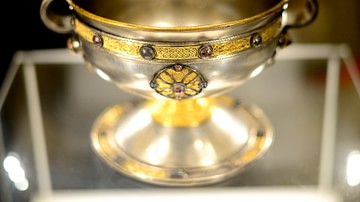
Image Gallery
A Gallery of Artifacts of Ancient Ireland
Humans arrived in the region now known as Ireland c. 7000-6500 BCE at modern-day Coleraine in the north, establishing communities and gradually moving southwards. Hunter-gatherers eventually adopted an agrarian lifestyle as evidenced by the...
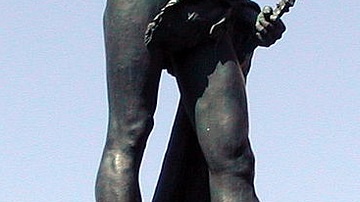
Definition
Viriathus
Viriathus (c. 180-140 BCE) was the leader of the Lusitani in their war with Rome. In 150 Viriathus escaped the Roman massacre and enslavement of Lusitani who had surrendered peacefully. Viriathus continued to fight in the resistance and rose...

Video
Celtic Folk and Fairy Tales: The Complete AudioBook
This is the complete audiobook entitled: "Celtic Folk and Fairy Tales", edited by Joseph Jacobs. Book Coordinator: Ann Boulais Dedicated Proof-Listener: Ann Boulais Meta-Coordinator/Cataloging: Leni This is a Librivox recording. All...
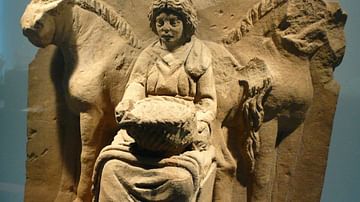
Article
Epona
Epona was a Celtic goddess. Her name contains an allusion to the horse: in Celtic, "epos" means “horse” and the suffix “-ona” affixed simply means “on”. Epona is the patron goddess of mares and foals. The oldest information about the Gallic...
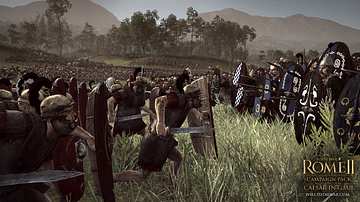
Image
Gallic Wars
This artistic 3D scene shows how fighting between the Roman and the Gauls may have looked during Julius Caesar's campaigns in Gaul (58 to 50 BCE).
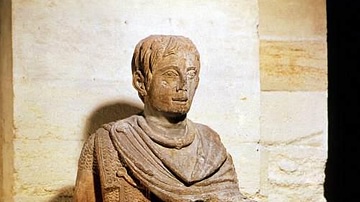
Image
Warrior of Vachères
The Warrior of Vachères (or Le Guerrier de Vachères) is a Gallo-Roman statue of a soldier. The soldier wears a Celtic torc necklace, and has a long oval shield, making his identity as a Roman Gaul unmistakeable. He also wears a chainmail...
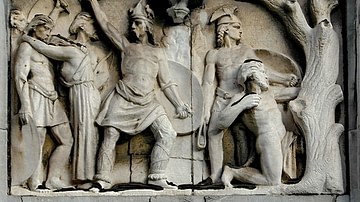
Image
Relief of Gauls Fighting Romans
A relief depicting the Gauls of Ambiorix fighting the Roman army of Julius Caesar in the mid-1st century BCE. (Palais Provincial, Liège, Belgium)

Image
Gallic Warriors
An artist's impression of how Gallic warriors may have looked in battle.
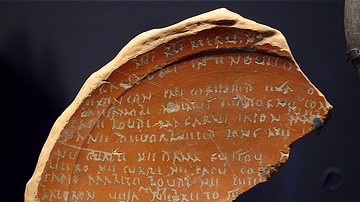
Article
A Linguistical Analysis of Ancient Celtic Languages
The Celtic languages form a branch of the Indo-European (IE) language family. They derive from Proto-Celtic and are divided into Continental Celtic languages (Lepontic, Gaulish, Galatian, Noric, Celtiberian, Gallaecian) and Insular Celtic...
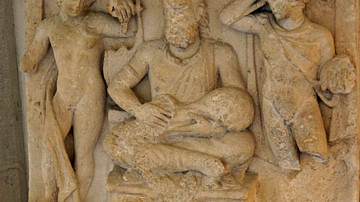
Image
Cernunnos Rheims Relief
A 1st century CE bas-relief showing the Celtic god Cernunnos and Apollo (left) and Mercury (right). (Musée Saint-Remi, Rheims, France)